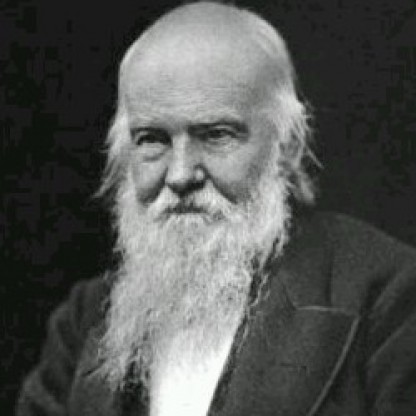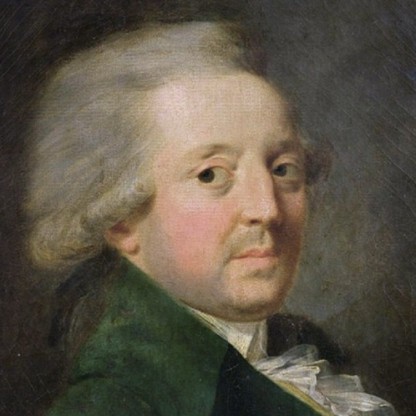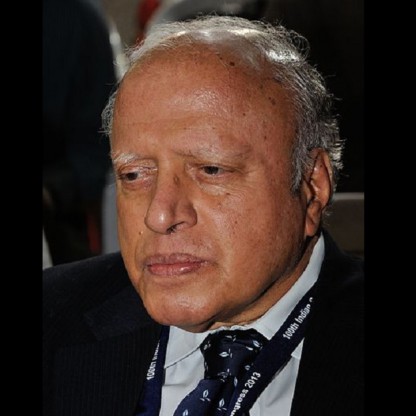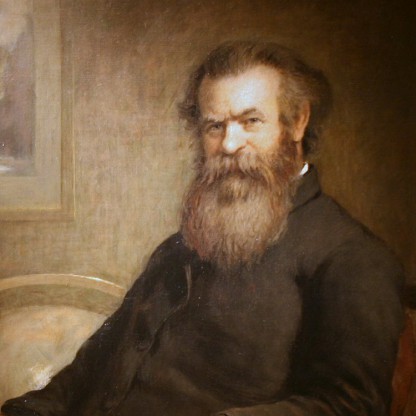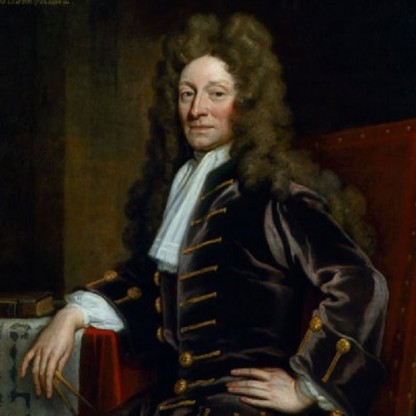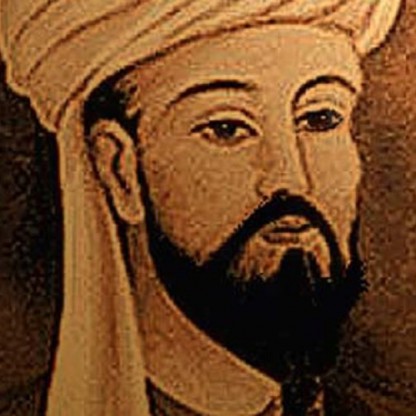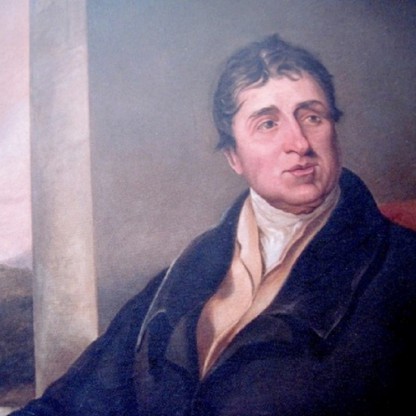In 1966, after 17 years at Columbia, he moved west to Stanford University, where SLAC, a new accelerator, was just being completed. There, he was involved in research investigating the charge asymmetry in the decay of long-lived neutral kaons and another project which produced and detected relativistic hydrogen-like atoms made up of a pion and a muon.

